β-glucans: Effective antibiotic alternative in poultry
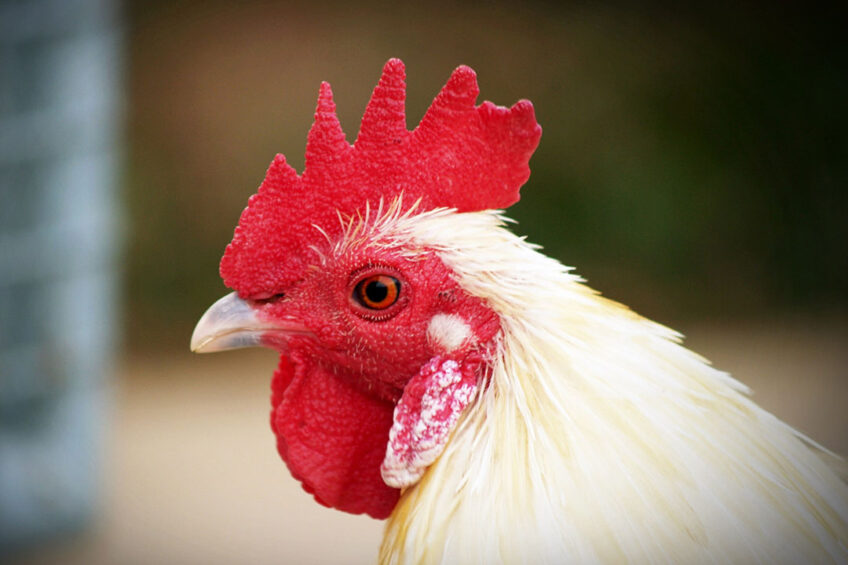
Researchers unveil how ß-glucans hold the potential as alternatives to the use of antibiotics in poultry production. The beneficial properties of ß-glucans behind the efficacy are elaborated.
Not only in poultry is the effort to reduce the use of antibiotics important. But across all animal species and feed industries scientists are battling to reduce the use of antibiotics. We all know the occurrence of microbial challenges in commercial poultry farming causes significant economic losses. But the incidence of antibiotic resistance turns out to be a bigger challenge putting pressure on producers to reduce antibiotic use. Reducing antibiotic use should come with alternatives. With this reality at hand, poultry producers are looking for feed additives to stimulate the immune system of the chicken to resist microbial infection. β-glucans are effective alternatives. But how? In a recent publication in Molecules, researchers elaborate the potential benefits of β-glucans as poultry feed additives.
What ara beta glucans?
β-glucans are carbohydrates (or biologically active fibres) made of complex glucose polymers that provide the major structure found in the cell wall of yeast, fungi, algae, and cereal grains such as oats and barley. The structures of β-glucans vary depending on the original source and the type of linkages present on the glucose polymers (Figure 1). β-glucans consist of a backbone of glucose molecules linked at the 1 and 3 carbon atoms. The 6-sided glucose rings are connected in linear or branched forms with glycosidic linkages. The structure of these glycosidic linkages affects the functionality of β-glucan molecules. Depending on their molecular structure, they are considered a biological response modifier due to their immunomodulatory potential. β-glucans are recognised by specific cell receptors, enabling them to enhance the host’s immune response. The β-glucans from yeast, S. cerevisiae, are the most widely studied. This yeast is responsible for the fermentation processes in the production of fuel alcohol, breads, and alcoholic beverages.
Figure 1 – β-glucans in the cell wall of yeast.

Enhance immune system
The researchers reviewed several benefits of β-glucans to the poultry immune system. Yeast β-glucan supplementation in broiler chickens results in larger lymphoid organs, the organs that produce lymphocytes – precursor cells for both the adaptive immune system and for the natural killer cells. In chicks, β-glucans increases phagocytosis (bactericidal killing), and oxidative burst in heterophils. β-glucans derived from the yeast S. cerevisiae have demonstrated to exert the most significant positive effect. β-glucans stimulates macrophage production and proliferation of T cells. In broilers, they upregulate the enzyme iNOS (nitric oxide synthase) intestinal expression, implying the increased capacity of intestinal macrophages to destroy pathogens. The down regulation of cytokine IL-8 following β-glucan supplementation in chicks suggests the function of β-glucan as an anti-inflammatory immunomodulatory agent. β-glucans also have protective effects against stress in chickens as seen by decreased levels of cortisol and TNF-α following an LPS challenge. In chickens, the spleen serves both as a reservoir of leukocytes as well as a target organ of immune cells activation. Feeding β-glucan in broilers significantly increases the relative weight of the spleen.
Improves GIT health
According to the researchers, β-glucans modulate the intestinal profile of cytokines in broiler chickens, activating the production of monocytes and macrophages, resulting in increased immune response. And moreover, they increase goblet cell numbers and villus height in the ileum, as well as restoring villus damage/loss by Salmonella species. Increased villus height of the jejunum mucosa of chickens raises the total surface area for nutrient absorption. The goblet cells of the gastrointestinal tract are specialised cells able to produce and secrete mucus. Goblet cells in the intestinal mucosa secrete mucus, which provides the first line of defence against intestinal injury. On the other hand, β-glucans reduce the severity of intestinal lacerations and inflammation in broilers suffering from Eimeria/coccidia infection.
In addition to its role in nutrient digestion and absorption, the lining of the digestive tract acts as an effective barrier against pathogen invasion. The lining of the digestive tract provides the innate defence barrier against most intestinal pathogens. The integrity of the digestive system is maintained by the family of proteins called tight junctions. Tight junction proteins form a solid barrier from pathogen invasion. Dietary supplementation with β-glucans to poultry increase the intestinal clearance of E. coli and Salmonella through increased expression of jejunal tight junction proteins.
Improves growth
Supplementing poultry diets with β-glucans improves growth performance (weight gain and FCR) and meat quality and stimulate both specific and non-specific immune responses. β-glucans use various mechanisms to improve the growth performance of birds: They are active against intestinal pathogens such as E. coli and Salmonella via the regulation of intestinal barriers through stimulation of tight junction proteins and phagocytosis, thus inhibiting major pathogen invasion in a prebiotic way. β-glucans also enhance goblet cell number and villus height in the ileum, increasing the total surface area for nutrient absorption (Figure 2). Goblet cells are cellular structures responsible for maintaining the integrity of the mucous protective layers for effective removal of enteric pathogens. And under stressful conditions, they offer a protective shield against stress, sparing energy for normal growth.
Figure 2 – Summary of the activities exerted by β-glucans.

Improves efficacy of vaccines
β-glucans show amelioration of immunosuppression and increased efficacy of the Newcastle disease vaccine in chickens. Black yeast-derived β-glucans are shown to enhance the immune response to the H5N1 and H5N2 vaccines tested in mice and poultry. Although the exact mechanisms for these effects are not clear, the additive effects might be attributed to all the immunomodulatory effects of β-glucans.
Are all β-glucans the same?
The origin, molecular structure and purity of β-glucans differ, resulting in differences in efficacy. That is why not all beta glucans are the same. When comparing fungal and yeast glucans to barley β-glucans, fungal and yeast β-glucans have side chains linked at the 1 and 6 carbon atoms. In contrast, barley β-glucans have the glucose molecules linked at the 1 and 4 carbon atoms with some linkages between the 1 and 3 carbon atoms. When comparing fungal and yeast β-glucans, fungal β-glucans have shorter side chains giving them a branched structure. The structure of these glycosidic linkages affects the functionality of β-glucan molecules. Non-purified yeast glucans usually contain mannoproteins which are part of the cell wall. However, besides the differences, research findings show that owing to their immunomodulatory and promotion of intestinal integrity, β-glucans are potential growth promoters and antibiotic alternatives in poultry production.
This article is based on the research paper ‘Review: β-glucans as Effective Antibiotic Alternatives in Poultry’, written by B. Schwartz and V. Vetvicka. The full paper can be accessed in the journal Molecules.
 Beheer
Beheer

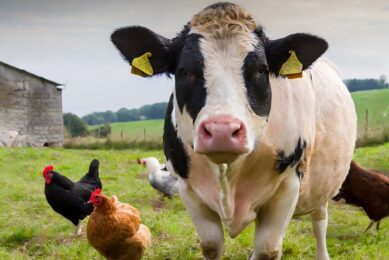
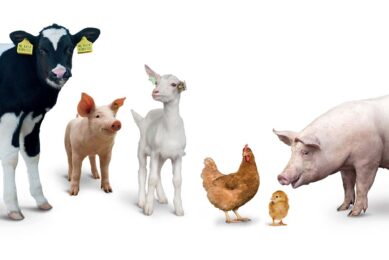
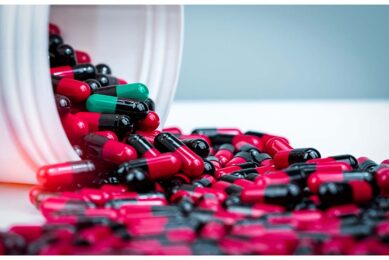
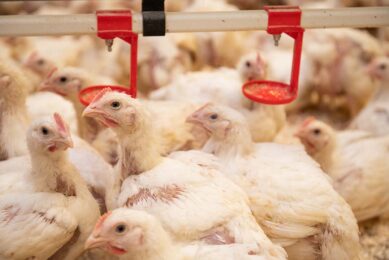
 WP Admin
WP Admin  Bewerk bericht
Bewerk bericht